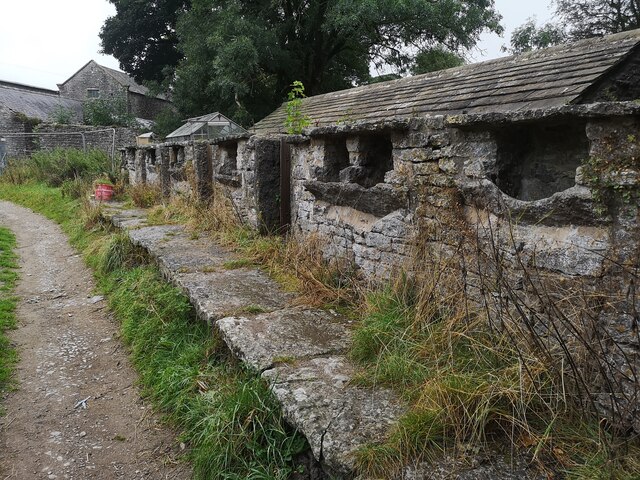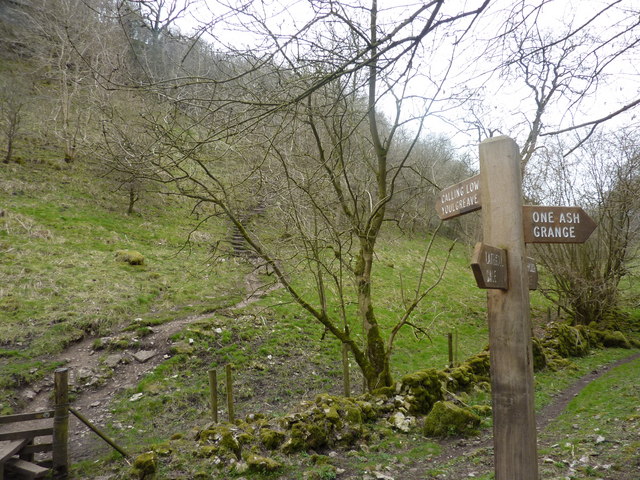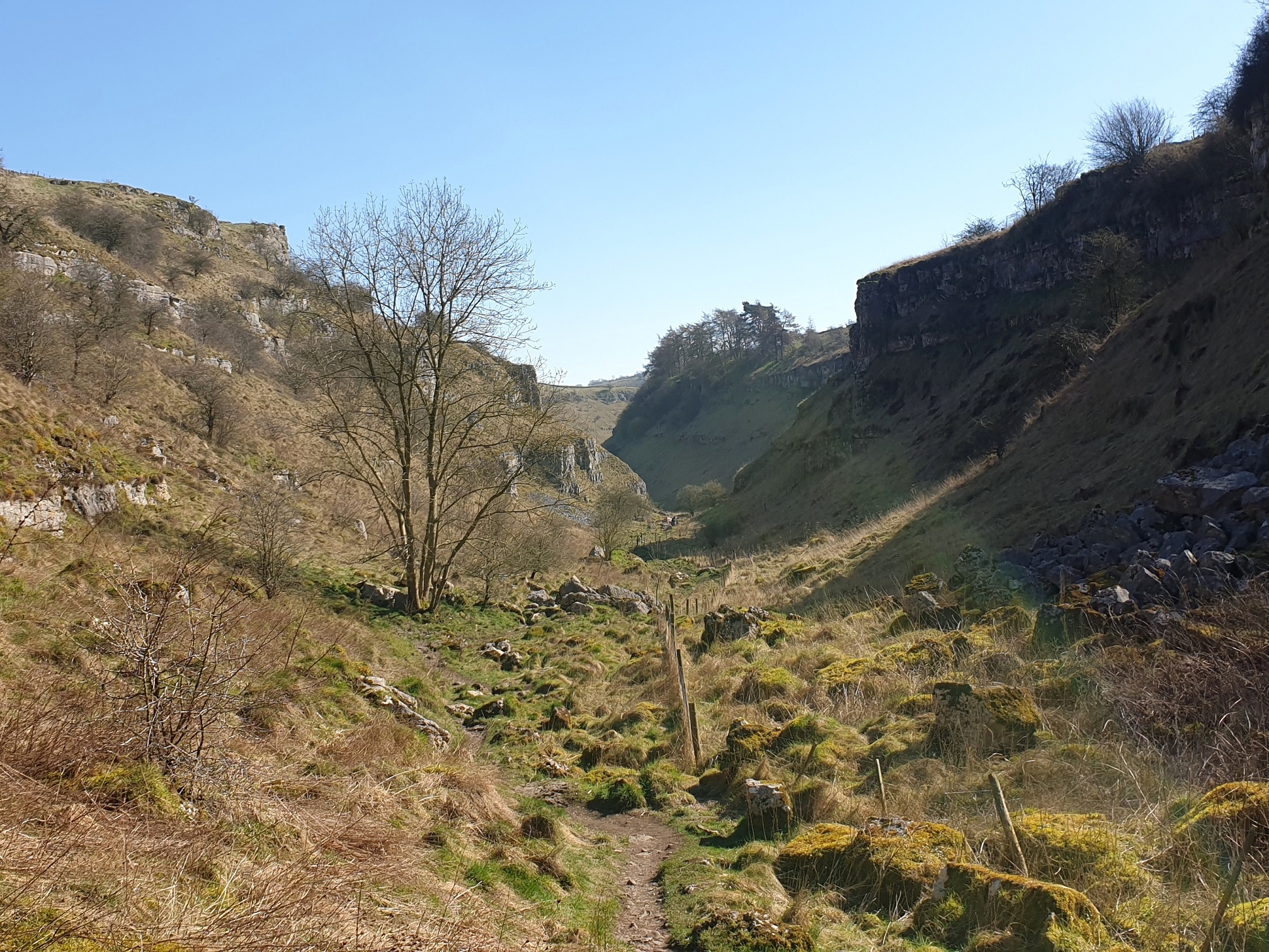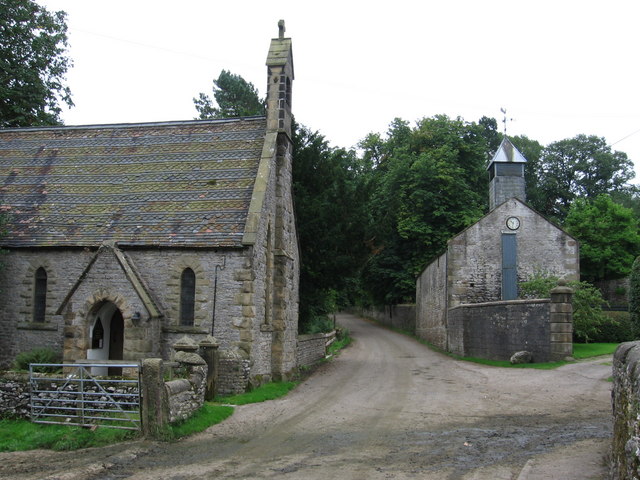Crookdale Plantation
Wood, Forest in Derbyshire Derbyshire Dales
England
Crookdale Plantation

Crookdale Plantation is a picturesque woodland located in the heart of Derbyshire, England. Situated near the village of Crookdale, the plantation spans over a vast area, offering visitors a serene and tranquil escape from the bustling city life.
Covered in a dense carpet of trees, Crookdale Plantation is primarily composed of native species such as oak, beech, and birch. The diverse range of flora found within the plantation creates a rich and vibrant ecosystem, attracting a variety of wildlife. Visitors often have the opportunity to spot a plethora of bird species, including woodpeckers, owls, and finches, as well as small mammals like squirrels and rabbits.
The plantation boasts a well-maintained network of walking trails, making it a popular destination for nature enthusiasts and hikers. The trails wind through the woodland, offering breathtaking views of the surrounding countryside. In spring, the woodland floor is adorned with a carpet of bluebells, creating a mesmerizing scene that attracts photographers and nature lovers alike.
Crookdale Plantation is also home to a diverse range of fungi, with mushroom enthusiasts flocking to the woodland in autumn to observe and identify various species. The plantation's rich soil and moist climate create the perfect conditions for mushrooms to thrive.
With its stunning natural beauty and abundance of wildlife, Crookdale Plantation is a must-visit destination for those seeking a peaceful retreat in the heart of Derbyshire. Whether you are a nature lover, hiker, or photographer, this enchanting woodland offers a truly unforgettable experience.
If you have any feedback on the listing, please let us know in the comments section below.
Crookdale Plantation Images
Images are sourced within 2km of 53.170508/-1.7483277 or Grid Reference SK1663. Thanks to Geograph Open Source API. All images are credited.





Crookdale Plantation is located at Grid Ref: SK1663 (Lat: 53.170508, Lng: -1.7483277)
Administrative County: Derbyshire
District: Derbyshire Dales
Police Authority: Derbyshire
What 3 Words
///calendars.happily.frames. Near Newhaven, Derbyshire
Nearby Locations
Related Wikis
Arbor Low
Arbor Low is a well-preserved Neolithic henge in the Derbyshire Peak District, England. It lies on a Carboniferous Limestone plateau known as the White...
Gib Hill
Gib Hill is a large burial mound in the Peak District, Derbyshire, England. It is thought to be a Neolithic oval barrow with an Early Bronze Age round...
Cales Dale
Cales Dale is a short valley towards the head of Lathkill Dale near Monyash, Derbyshire in the Peak District of England. Cales Dale is included within...
Limey Way
The Limey Way is a 65-kilometre (40 mi) challenge walk through Derbyshire, England. It starts at Castleton and progresses through 15 major and 5 minor...
Lathkill Dale
Lathkill Dale is the valley of the River Lathkill near Bakewell, Derbyshire in the Peak District of England. The river emerges into the dale from springs...
Middleton and Smerrill
Middleton and Smerrill is a civil parish within the Derbyshire Dales district, in the county of Derbyshire, England. Largely rural except for the village...
Newhaven Tunnel
Newhaven Tunnel was a railway tunnel located on the Cromford and High Peak Railway near the village of Newhaven in Derbyshire. Mostly used for moving mineral...
Parsley Hay railway station
Parsley Hay railway station served Parsley Hay, a hamlet within Hartington Middle Quarter civil parish, about 9.3 miles (15 km) south east of Buxton, Derbyshire...
Nearby Amenities
Located within 500m of 53.170508,-1.7483277Have you been to Crookdale Plantation?
Leave your review of Crookdale Plantation below (or comments, questions and feedback).




















